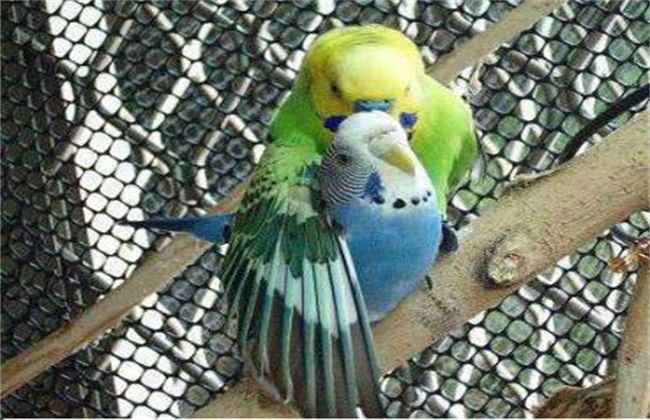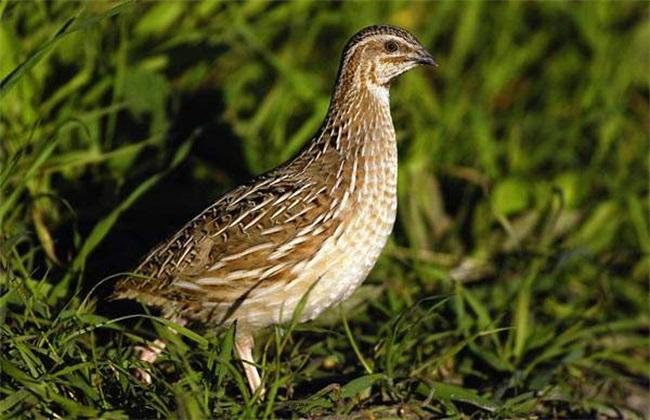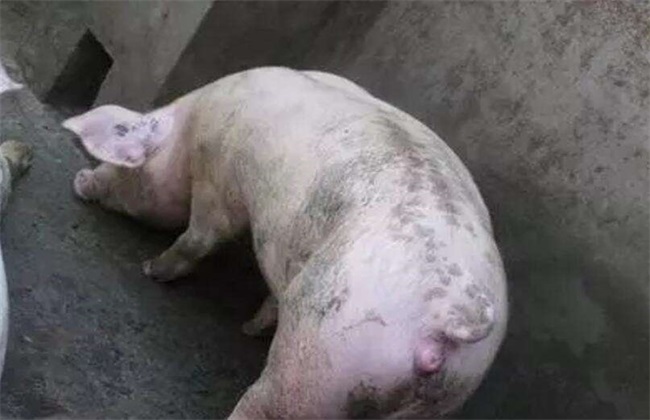Matters needing attention in breeding budgerigar
Budgerigar is a kind of parrot. It is also the most common kind of parrot on the market. Budgerigar is very easy to raise and the market price is relatively cheap. Very suitable for novice breeding, the breeding ability of budgerigar is relatively strong, and is not limited by the environment. But there are a lot of things we need to pay attention to when budgerigar breeds. Let's take a look at it with the editor.

1. Preparation for reproduction
Budgerigar will gradually enter estrus when it grows to about 4 months. Before that, we can prepare the parrots for breeding. First of all, you should choose a pair of strong and disease-free parrots. Then, two weeks before breeding, the feed is adjusted to eggs, rice, etc., and mixed together to provide nutrition for the parrot. You can also mix finely chopped eggshells into the feed to supplement the parrot with calcium. Proper adjustment of feed can promote parrot estrus, enhance growth ability, and improve the success rate of reproduction.
2. Judge estrus
After you are ready to breed, you should often observe the parrot's estrus. Can be judged from the mental state, first of all, generally successful pregnancy of the female parrot is more dynamic, will keep walking around. On the other hand, the estrus male parrot will follow the female parrot closely, wherever it goes, and will constantly tease the female parrot. They will also feed the female birds, and when they hear their shrill calls, they will be in estrus. After mating, pay attention to observe the feces of the female bird, if more and larger than usual, then the female bird will begin to enter the ovulation stage.
3. Auxiliary hatching
When the female parrot successfully ovulates, spread straw and other soft and non-slippery things in the birdcage. To prevent the bottom is too hard to cause egg damage, to avoid too slippery causing the eggs to collide with each other. Parrots lay eggs about five times at a time, usually once a day. In the meantime, be sure to keep the environment quiet enough to avoid making too much noise to frighten the parrot and affect ovulation. After ovulation, attention should be paid to replenishing nutrition and restoring physical strength for the female. Generally, under normal incubation, it takes about 3 weeks.
4. Take care of the chicks
Generally speaking, the nestling can only leave the nest and live on its own after breaking its shell for about a month. During this month, all the parrots are taken care of and fed. The female usually stays in the cage until the nestling grows feathers, but lives on her own. Breeding parrots will leave the nest and take less care of the chicks. Then start the next breeding, although the parrot can take care of the chicks. But nestling abandonment can also occur, so if that happens. We have to take over the artificial care of chicks to prevent starvation, cold death, and so on, and improve the success rate of reproduction.
The above is a brief introduction to the breeding precautions of budgerigar. When breeding, we also need to pay attention to the weather and environment, although it is not restricted by the environment. However, in seasons such as summer and winter, the temperature is too extreme, which not only affects the health of females, but also reduces the survival rate of chicks. Therefore, it can not be ignored, this is the end of today's introduction, this article is only for reference, I hope it can be helpful to everyone!
Related
- On the eggshell is a badge full of pride. British Poultry Egg Market and Consumer observation
- British study: 72% of Britons are willing to buy native eggs raised by insects
- Guidelines for friendly egg production revised the increase of space in chicken sheds can not be forced to change feathers and lay eggs.
- Risk of delay in customs clearance Australia suspends lobster exports to China
- Pig semen-the Vector of virus Transmission (4)
- Pig semen-the Vector of virus Transmission (3)
- Five common causes of difficult control of classical swine fever in clinic and their countermeasures
- Foot-and-mouth disease is the most effective way to prevent it!
- PED is the number one killer of piglets and has to be guarded against in autumn and winter.
- What is "yellow fat pig"? Have you ever heard the pig collector talk about "yellow fat pig"?



